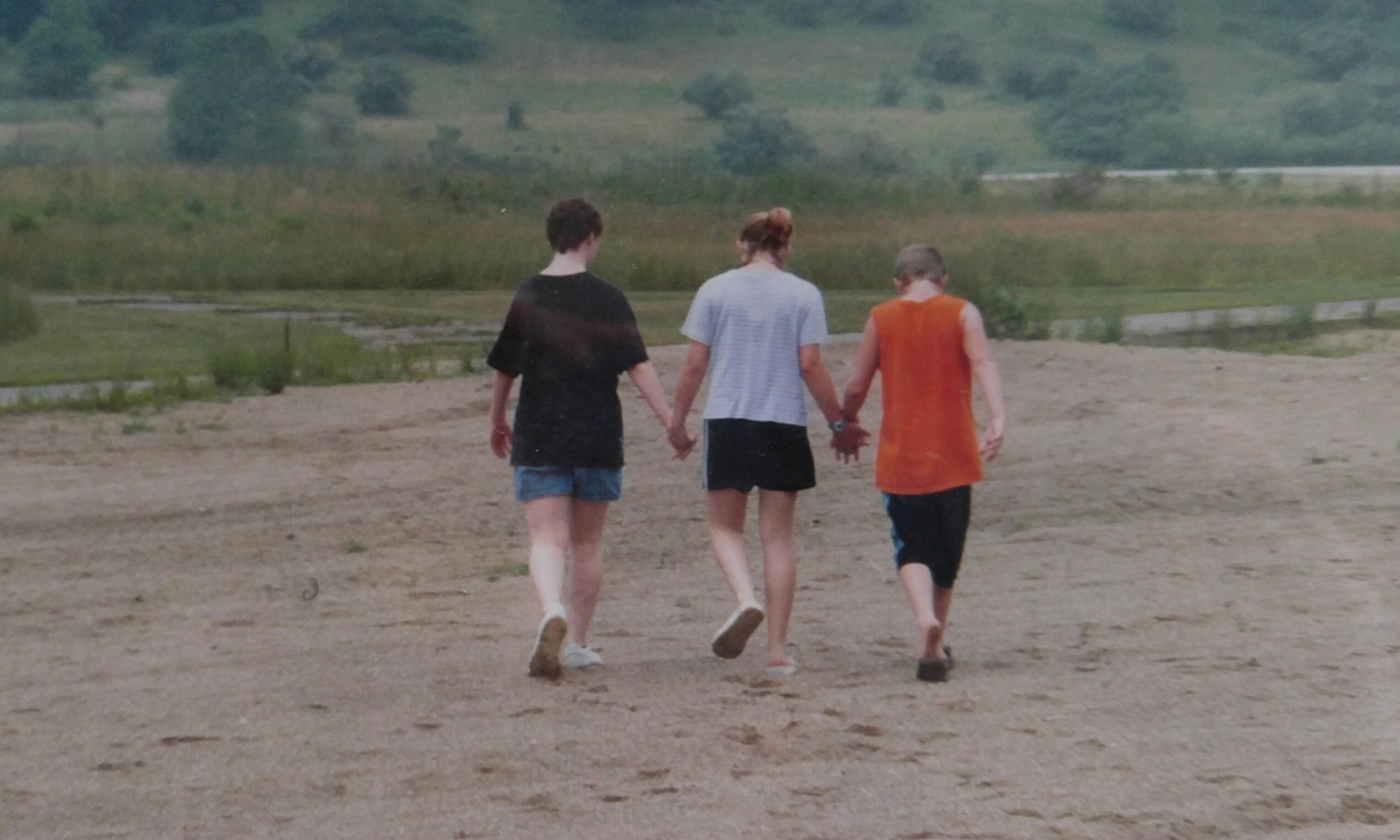
A few days ago, we celebrated Casey’s birthday and, as always, it’s a time that reminds me just how far she has come in her journey with autism. She was evaluated at a children’s hospital when she was three, but we never got a report from them, despite many, many phone calls. So she was 4 when she officially got her diagnosis.
And here we are – 30 years later! Oh my gosh – to write that makes it sound like an eternity and some days, it felt like it, too. She has gone from barely speaking to able, most of the time, to tell me what she wants or needs. (She really sees no point in casual conversation, though). She has gone from being a runner who could disappear in seconds to being able to go shopping and even look at items on her own (with someone very close by!). She has gone from screaming meltdowns that could last hours to maybe one a year – and she is usually able to calm herself before getting out of control. (Or at least tell me what’s wrong and ask for help before she gets too upset).
She loves going places and will try anything. She still isn’t a fan of crowds, but since I’m not either, that could be a family trait and not her autism. 🙂 She looks people in the eye for a few seconds. Her memory is still amazing – and a little scary at times. (I asked her last summer what year she, Mandy and Rob painted a set of snowmen for me and she knew the day and date.)
Here’s the thing. She still has autism. She still struggles with sleep at times and she will overeat if given the chance. She doesn’t like certain noises and she needs lots of blankets to feel safe. Her sensory needs aren’t as strong as Rob’s but they are there. I’ve heard a few times that she is cured. No – she isn’t. She can’t be trusted to keep herself safe. She has definite needs – but she is also one of the most amazing young women I know.
Casey has always had very definite plans for her birthday. If you look at pictures of her from birthdays when she was little (or even 6 – 7 years ago) it wasn’t often you would see a true smile on her face. She will do a goofy “say cheese” smile but it rarely reached her eyes. She needed everything to happen and she couldn’t be relaxed about it. She opened presents without smiles, she blew out candles without a smile. She ate cake and disappeared in her room away from everyone.
Now, though – she can truly enjoy her birthday. She finally understands that plans can change and the day can be what makes her happy. This year, instead of cake, she wanted cookies and sherbet. So I stuck a few candles in a container of sherbet and we sang Happy Birthday (she sang, too!) to her. She smiled at every present and was excited to get money to go shopping. (Which she has asked about every day since!) She was thrilled with tie dyed PJs and tennis shoes. And she was even happier to discover that she got another “da biggest Cookie Monster” (I think she has 5 now – all the same)
But the best part was to see her excitement with a cream stick for breakfast and Arby for supper (she picks the place) and that she had two parties and all of her family around her. She isn’t afraid of being the center of attention anymore. And that makes this mom so happy. She still has the same sweet smile she had as a toddler and the room lights up when she smiles.
Celebrate all of the little steps that make huge changes in your child’s life. It may take years, but those little steps are just as important as the big ones. Sometimes, we forget that.


